
A celestial shadow known as the Circinus West molecular cloud creeps across this image captured with fabricated Dark Energy Camera - one of the most powerful digital cameras in the world.

Whatever caused the blackout in Spain and Portugal, it highlights the vulnerabilities in some electricity grids.
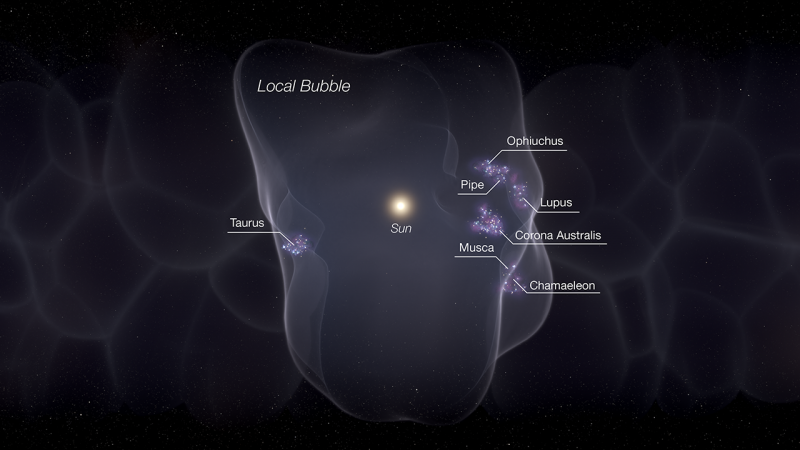
Eos is a crescent-shaped molecular cloud about 300 light-years from our solar system. It resides on the edge of the Local Bubble, a huge “cavity” in space filled with gas, which is about 1,000 light-years across.

Planetary scientists research the complex asteroid Vesta which may possess the same fundamental architecture as Earth such as the crust.
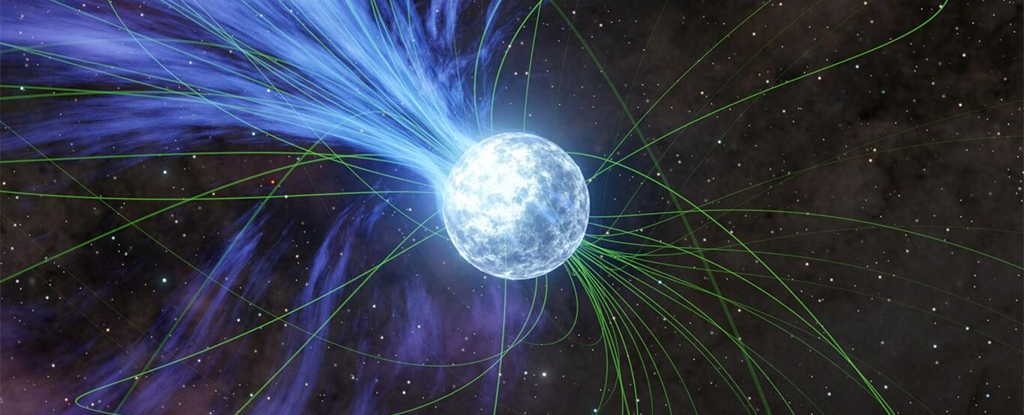
Scientists have long been trying to determine how elements heavier than iron, including gold and platinum, were first created and scattered through the Universe, and new research may give us another part of the answer: magnetars.
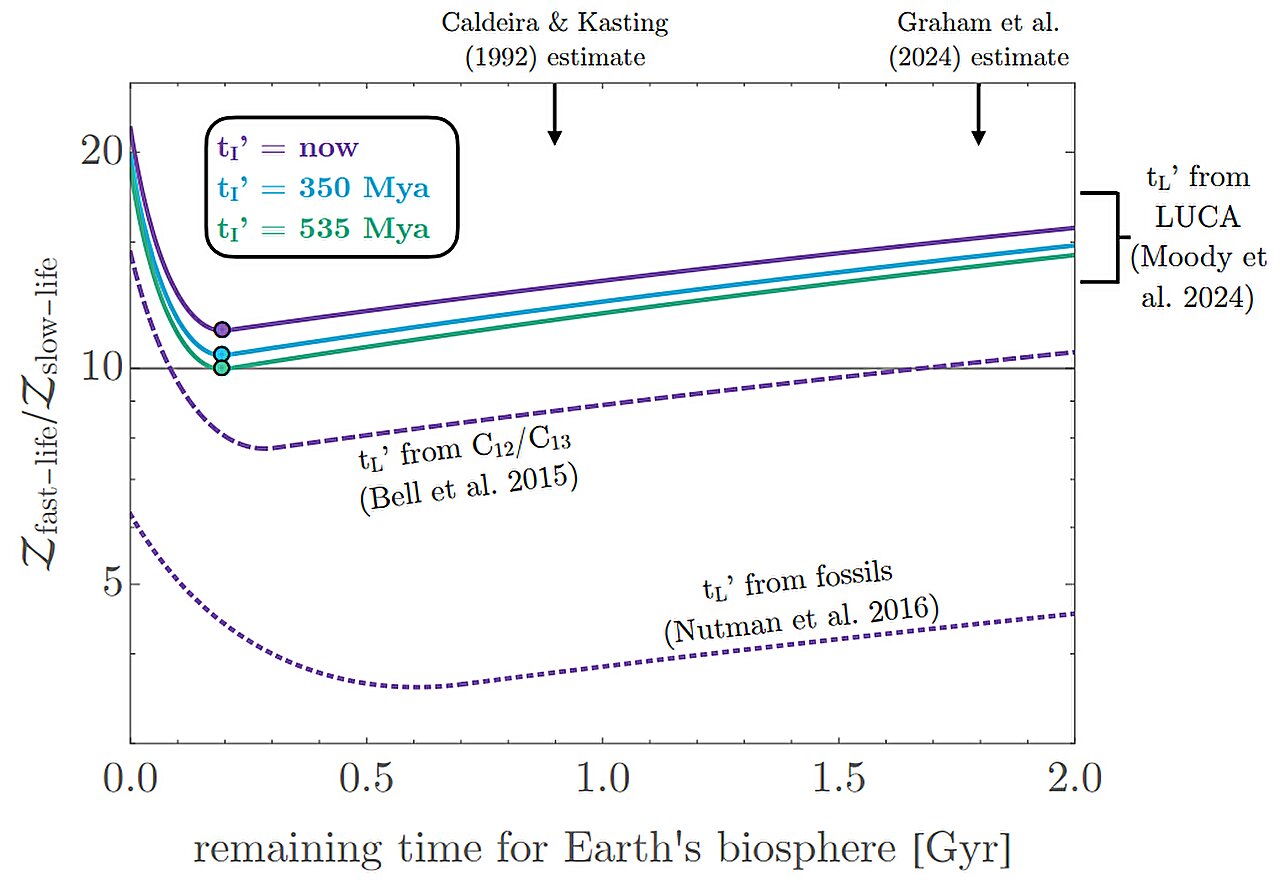
An astronomer at Columbia University is suggesting that because life emerged so soon on Earth after its formation, it may emerge rapidly on Earth-like planets after the right conditions arise in general.
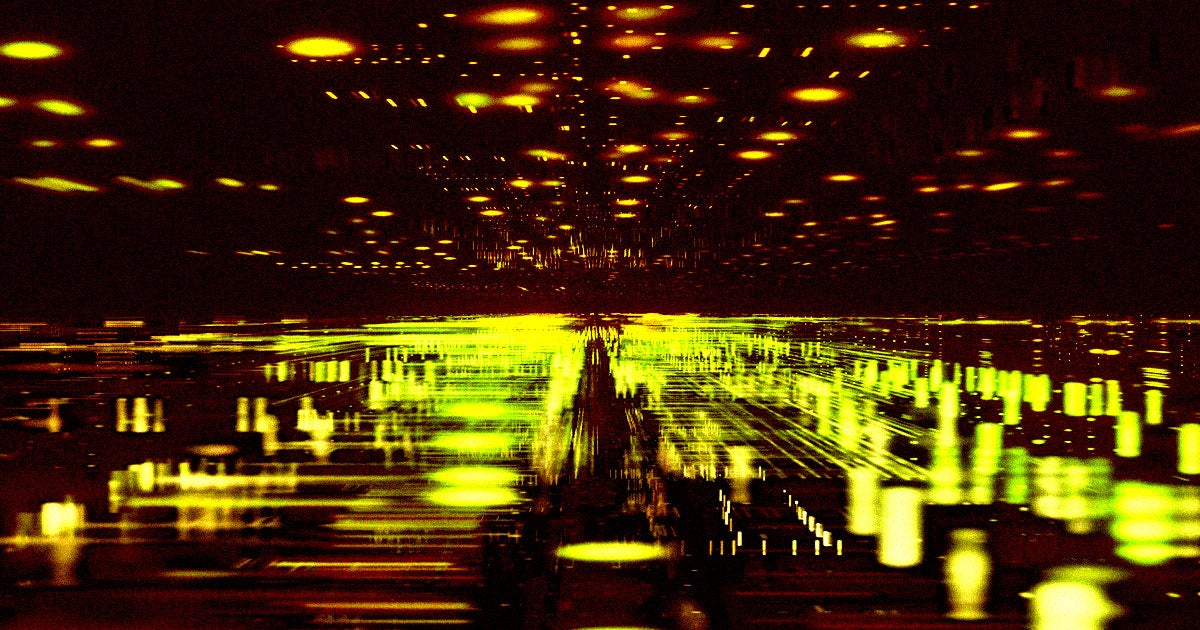
Physicist Melvin Vopson offered a new interpretation of gravity, arguing that it could be evidence that reality is a computer simulation.
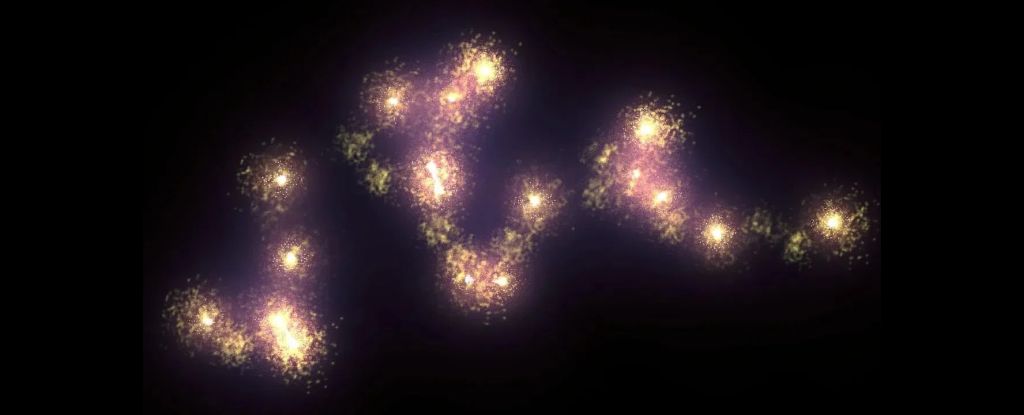
The largest known structure in the Universe may be even larger than the large we thought it was.
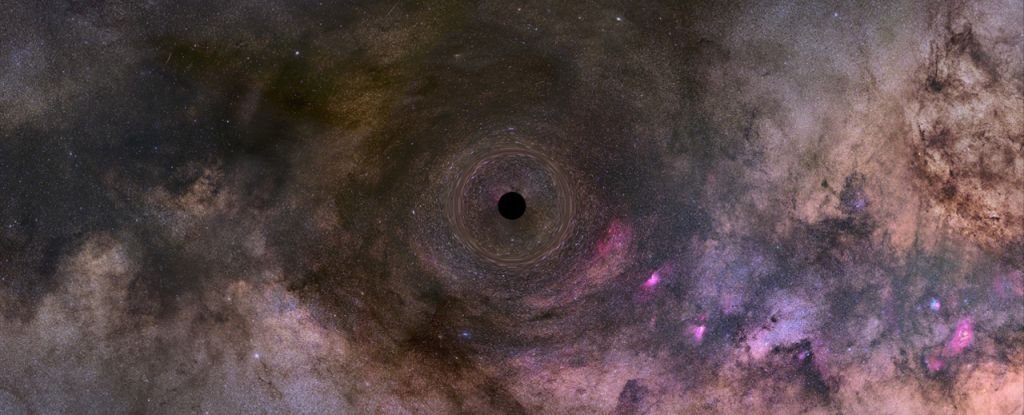
A lonely black hole roaming the cosmos in solitude has been confirmed for the first time.
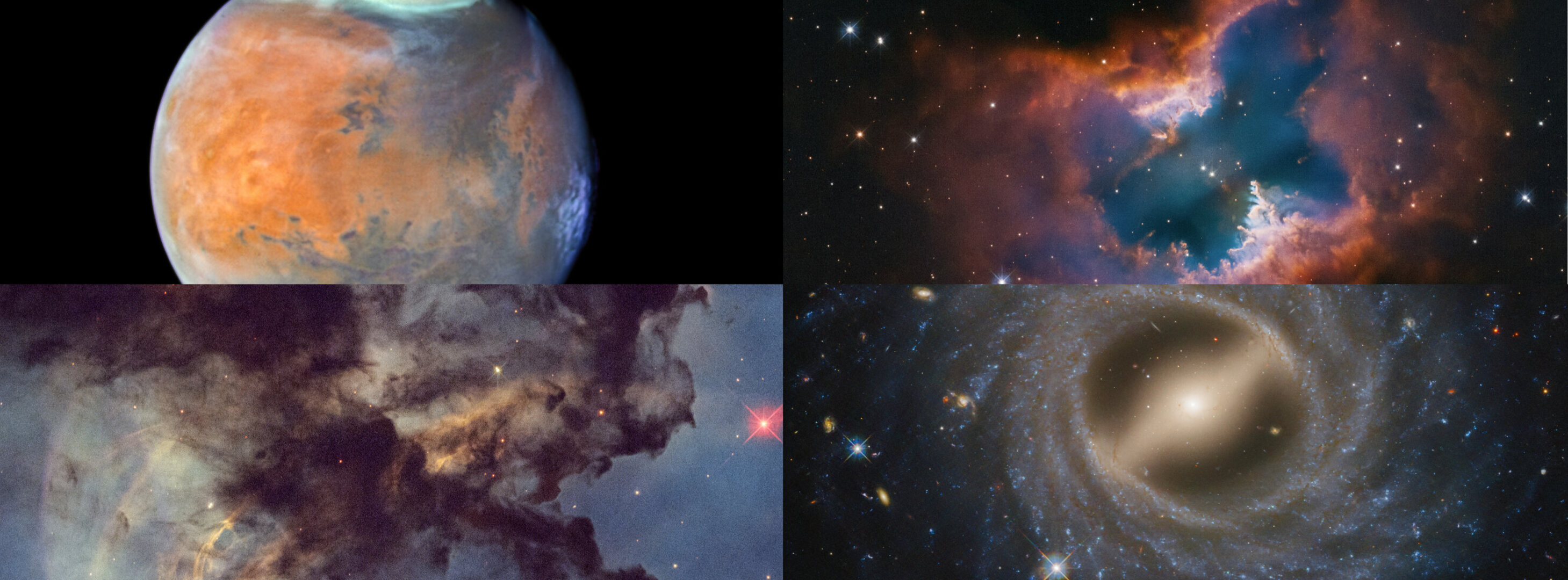
After over three decades of scrutinising our Universe, Hubble remains a household word as the most well-recognised telescope in scientific history.
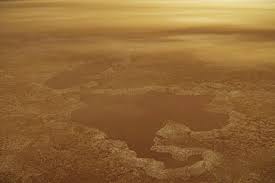
New research finds that despite large rivers and seas of liquid methane, Saturn's moon Titan seems mostly devoid of river deltas.

Astronomers have detected the most promising signs yet of a possible biosignature outside the solar system, although they remain cautious.
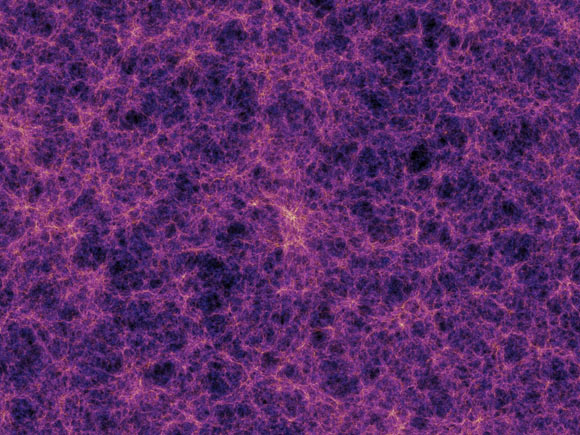
New research led by University of Hawaii astronomers suggests our Universe may rotate - just extremely slowly.

The distribution of valley heads on Mars matches predictions for a climate that includes precipitation rather than just runoff from melting ice caps.

Astronomers at MIT have discovered a rocky exoplanet orbiting the bright K-dwarf star BD+05 4868A and observed variable transit depths that are characteristic of comet-like tails.